This article by Hisa Takuma for Shin Budo magazine follows on from the series that he wrote about Aiki-budo1. In the present issue, he is explaining specific arrest techniques adapted for the use of police officers, based on the extensive curriculum of Daito-ryu techniques. I was able to access the original in Japanese thanks to the help of fellow budo researcher Baptiste Tavernier2, who was kind enough to retrieve them for me from the archives of the International Budo University (国際武道大学, Kokusai Budo Daigaku). The person demonstrating these techniques is Yoshimura Yoshiteru (吉村 義照), who was one of the members of the security team of the Asahi newspaper who received the kyoju dairi3 from Takeda Sokaku in 1936. Yoshimura was indeed a former police officer and according to Hisa, he also had the opportunity to use Daito-ryu’s techniques in real combat during Japan’s war with China. Note that I have combined the content of three issues (January, February and March 1943) in this article since they deal with the same theme.
Police Arrest Techniques
by Hisa Takuma, menkyo kaiden4, shihan5
In the previous articles, I wrote about the history of Daito-ryu Aiki-budo and also explained the principle of gyaku kime. In this article, I would like to discuss some of the arrest tactics used by the police. I created these gyaku kime applications for use as practical martial techniques.
Naturally I have a deep sense of gratitude for the efforts of the policemen who struggle to perform their daily duties, day and night, in the heat or cold, or wind or rain; these men are active on the front lines in maintaining national public order during the Great East Asia War6. However, especially when policemen arrest thieves, murderers, or political offenders with dangerous ideas, they sometimes have to make sacrifices, and for this I also feel deep respect and sympathy. Why can’t policemen, who always practice arts like Judo and Kendo, avoid such sacrifices? The main reason that they cannot do so is that they must arrest criminals without killing or injuring them. I do not think that Judo or Kendo as they exist now are adequate for this purpose. I was concerned about this, so I studied the tactics that the police uses to arrest or question criminals safely and surely without being harmed. I then applied these tactics to the secret techniques of Daito-ryu Aiki-budo techniques.
After being asked to present some of these techniques to policemen I made some of them public as hogi hiden7, and distributed this report widely among the police. Here, I would like to introduce a few of those techniques as well as their methods.
Methods of interrogation or arrest
When you deal with a person you wish to question, you should be prepared for any dangerous situation including:
- The suspect may be armed with a dangerous weapon
- The suspect may unexpectedly try to resist
- The suspect may try to escape if he sees an opportunity to do so
- The suspect may try to commit suicide with a dangerous weapon or by taking a deadly poison
- The suspect may make a false statement in order to slip through a police cordon
You should be prepared to deal with these situations adequately at any time.
Stance at the time of confrontation
It is necessary for you to be prepared for these situations as well as to be able to freely cope with them in various ways. When practicing Judo or Kendo, you take a specific stance when facing your opponent. However, this is not a suitable position for evasion when someone suddenly thrusts at your vitals. In Daito-ryu, we always make it a rule to take either the left or right hanmi stance and also to always position ourselves about one step away either to the right or left at the time of questioning or investigation8. Then, if a criminal moves to attack you, you can open your body either to the right or left, pivoting on your right foot, while at the same time attacking him with gyaku kime to control him. I would like to explain these methods with the aid of photographs. The methods used in these photos were thought out by my fellow student, Yoshimura Yoshiteru Shihan-dai, based on his own long experience as a police officer.
First technique
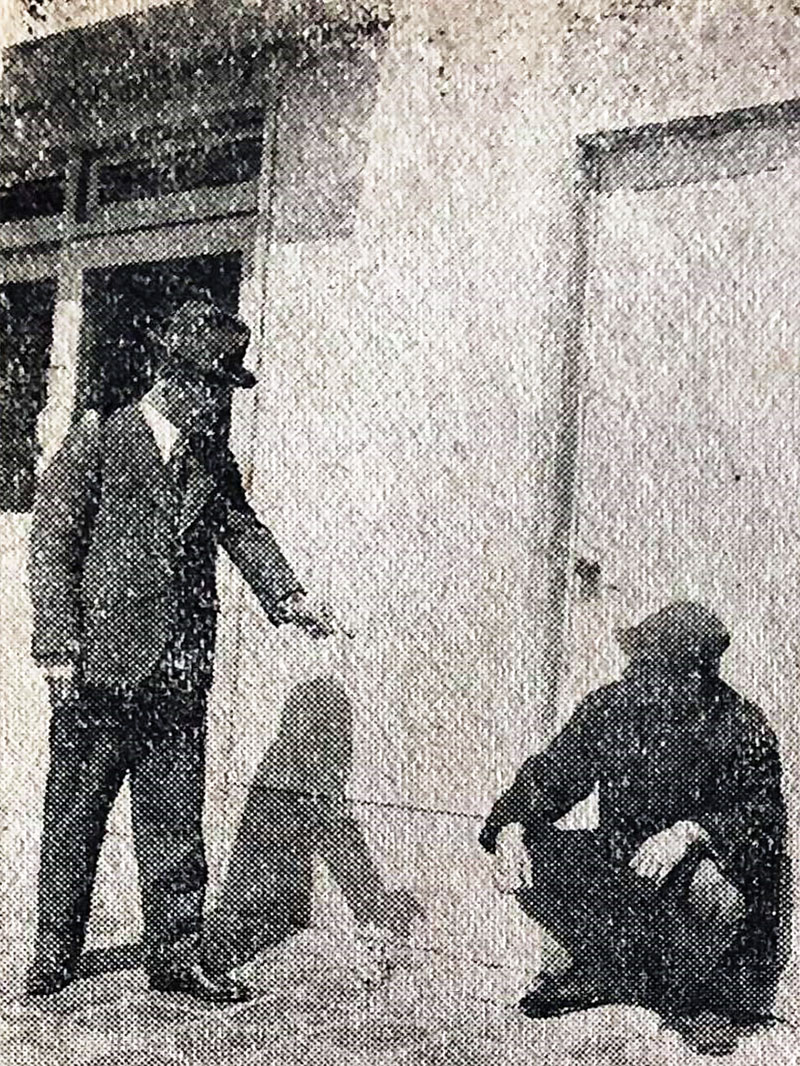
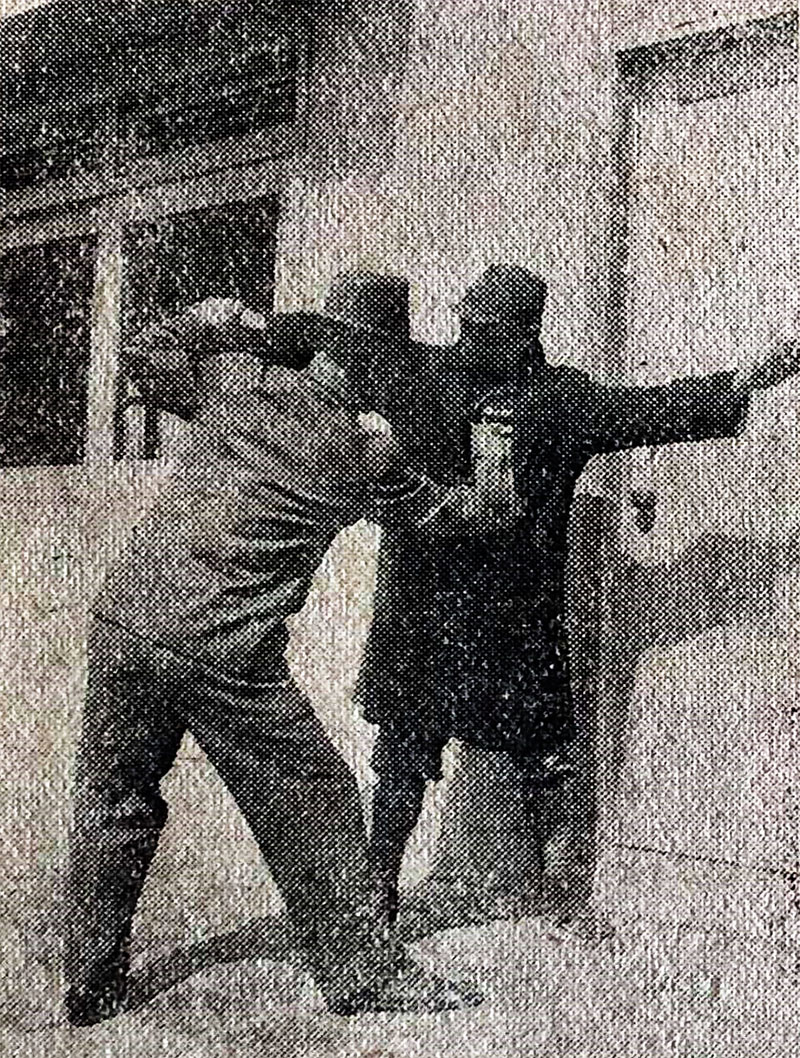
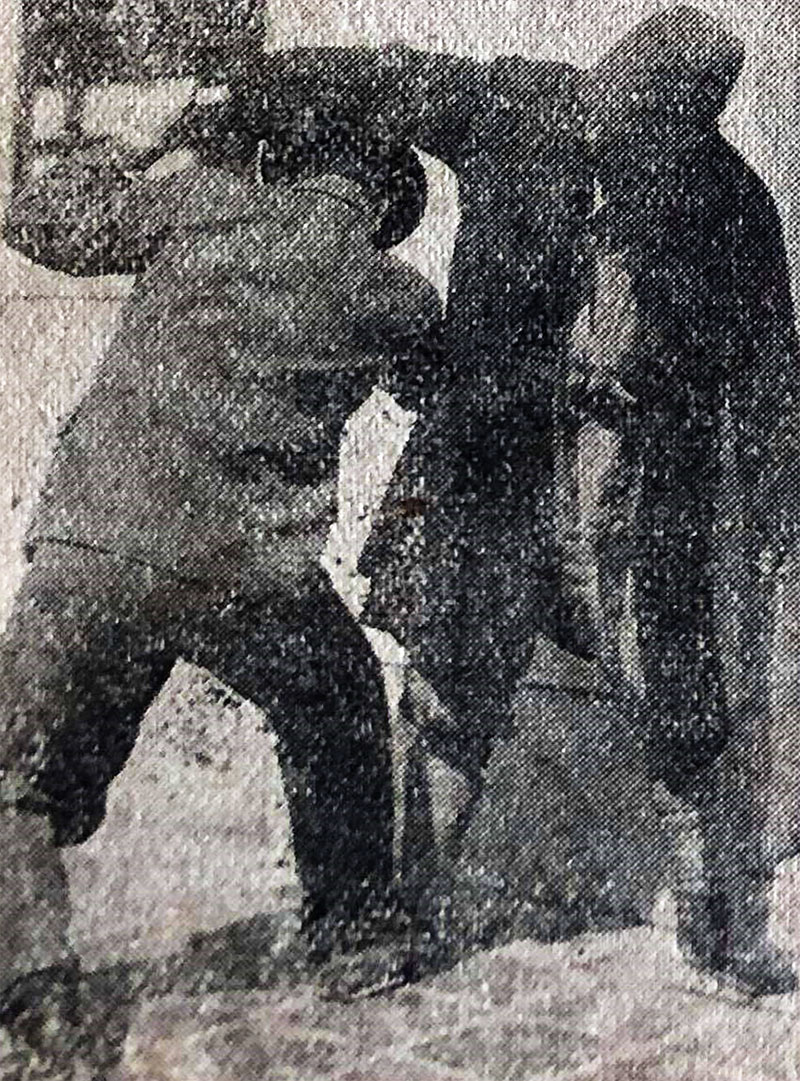

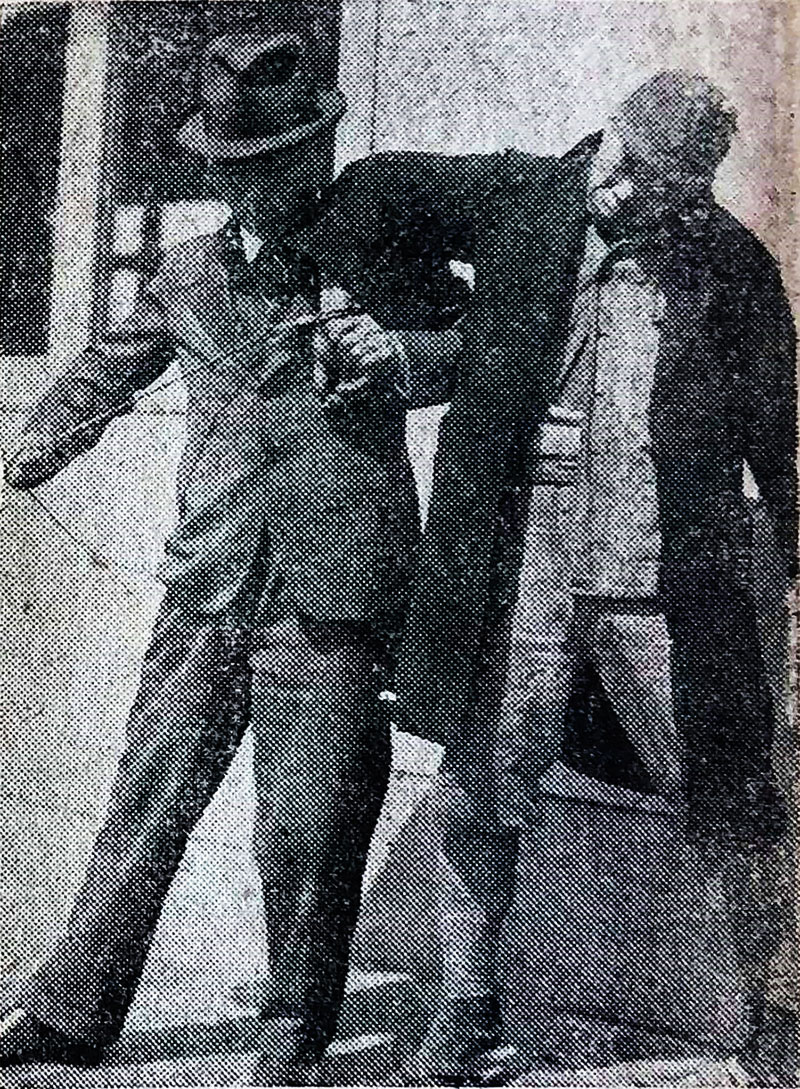

Second technique
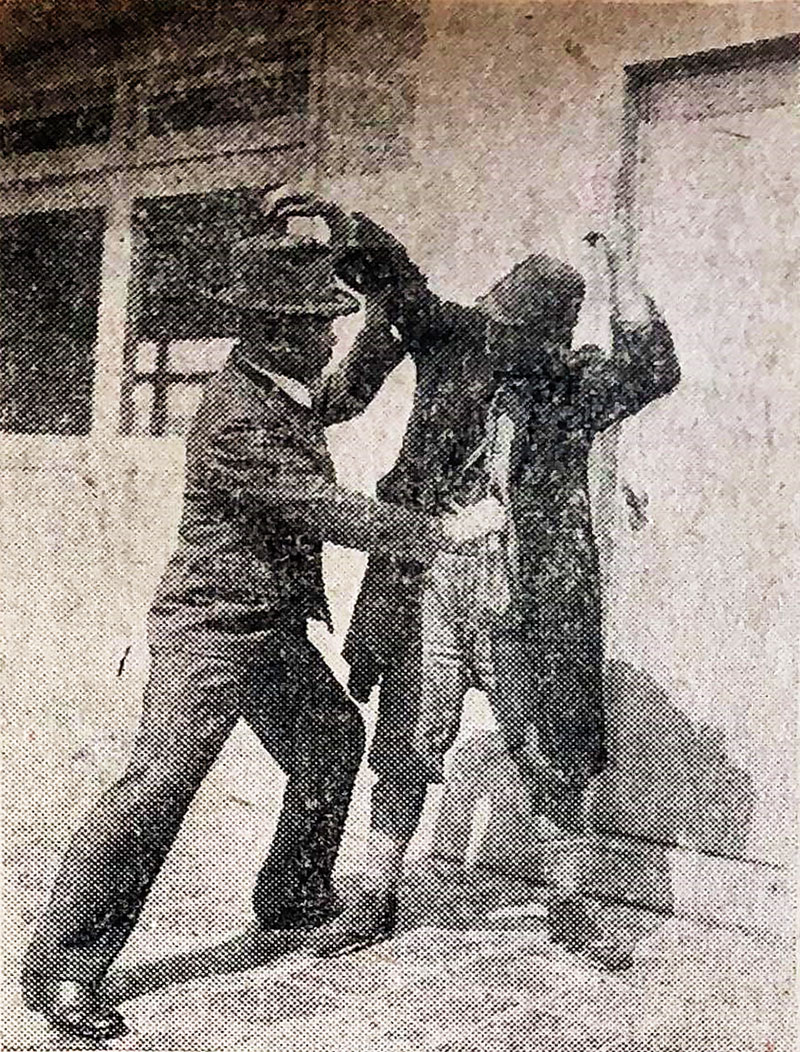
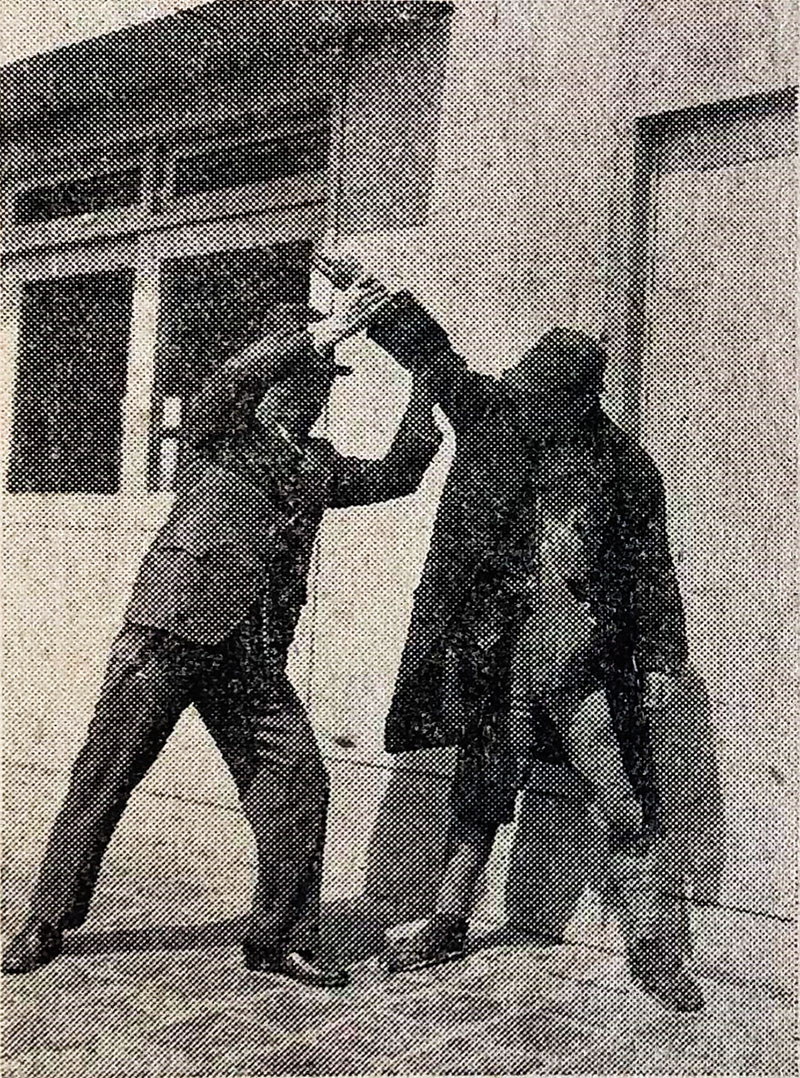
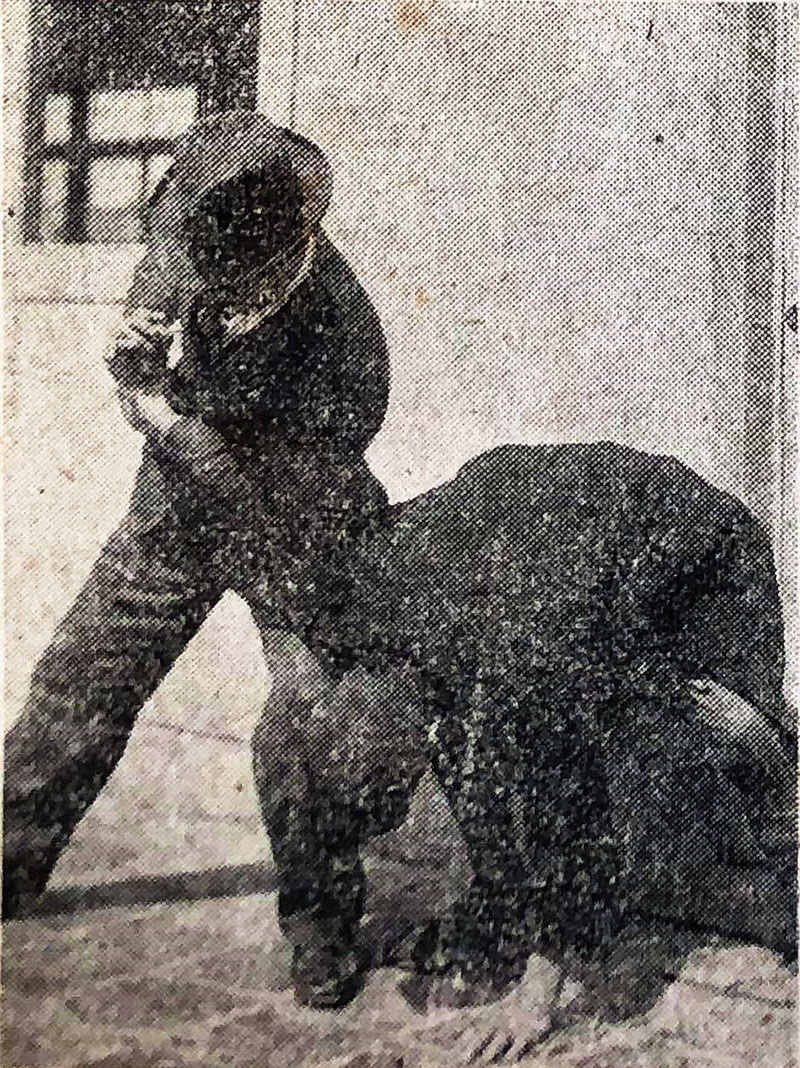
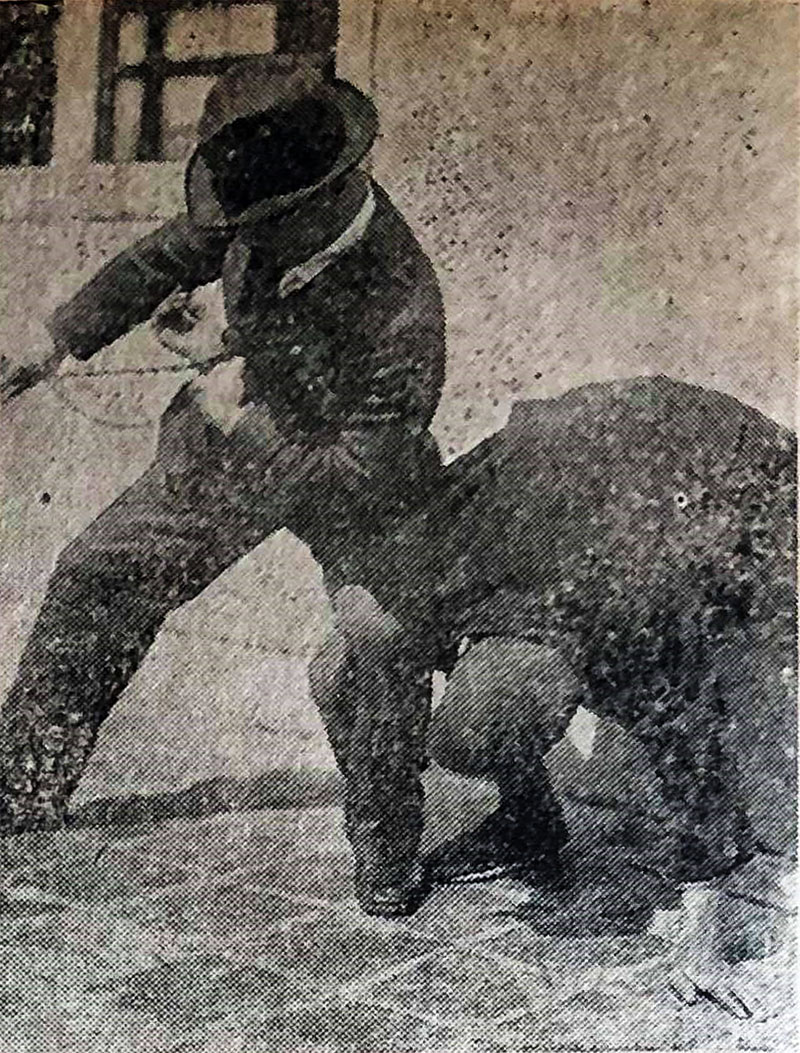
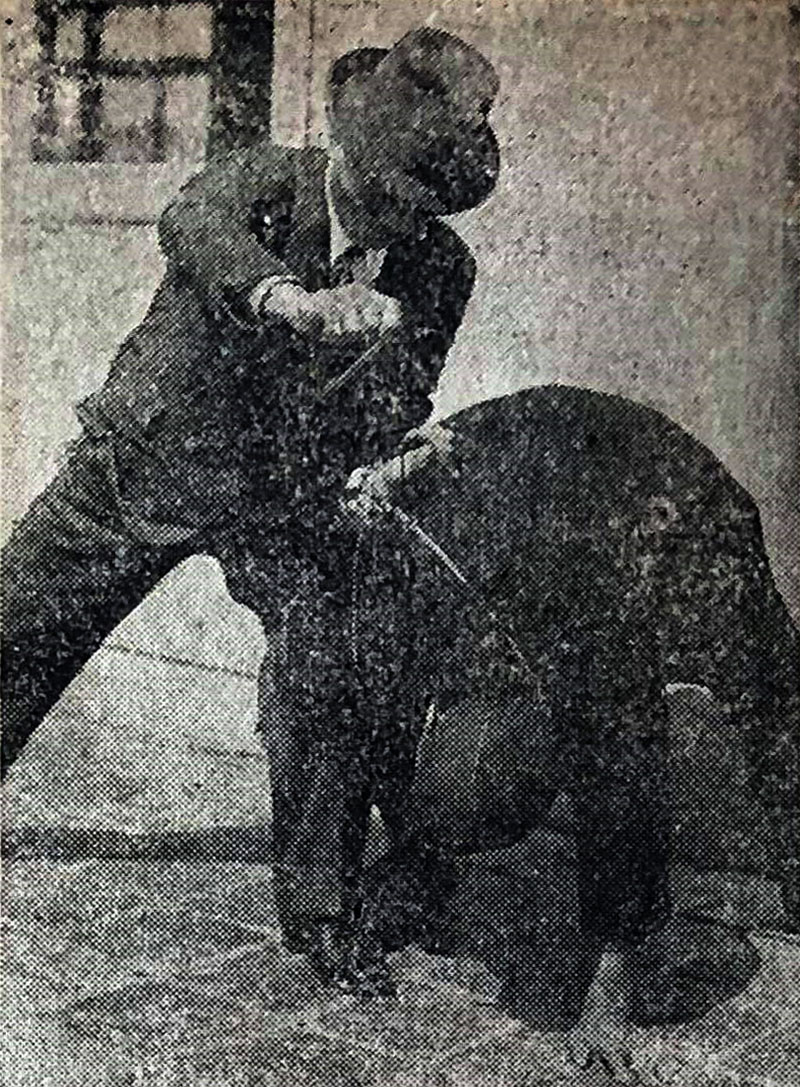
The next series of techniques were published in the following issue of Shin Budo.
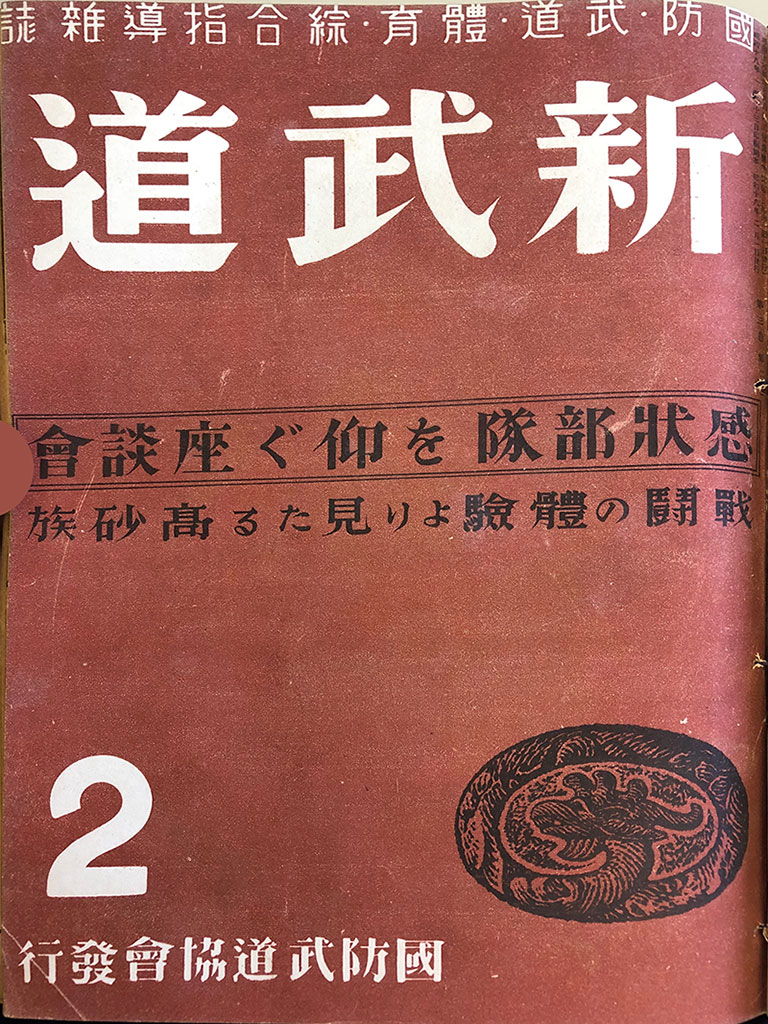
Third technique
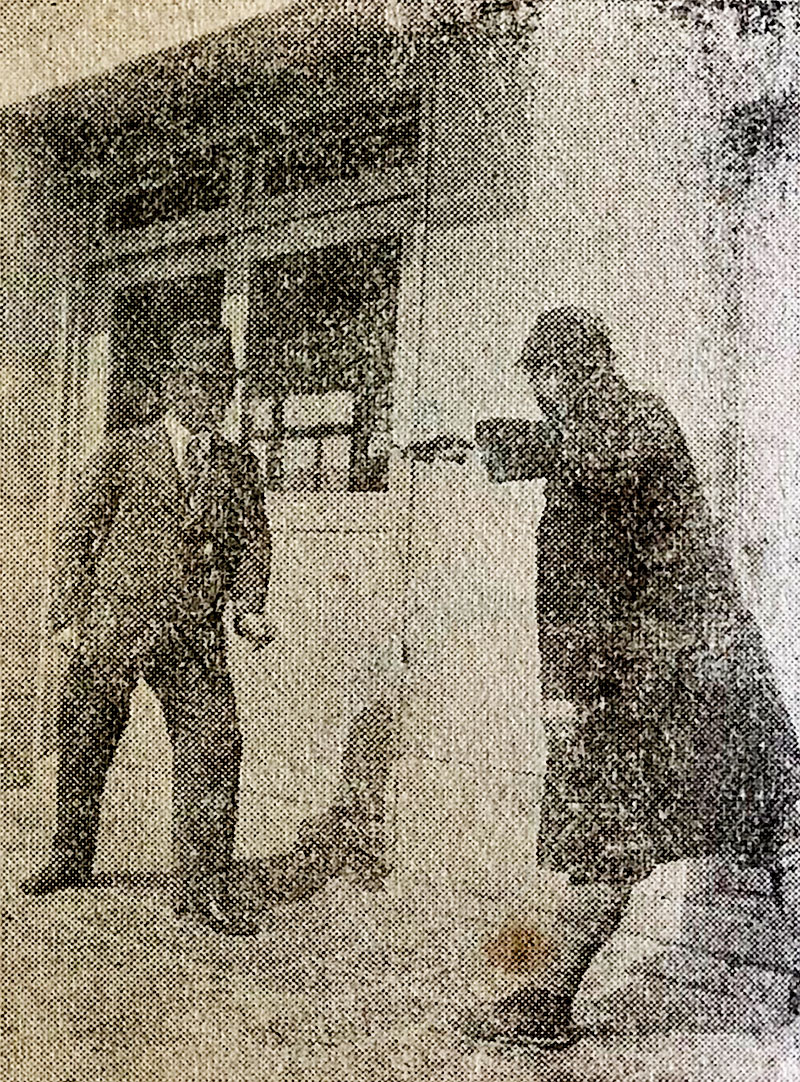
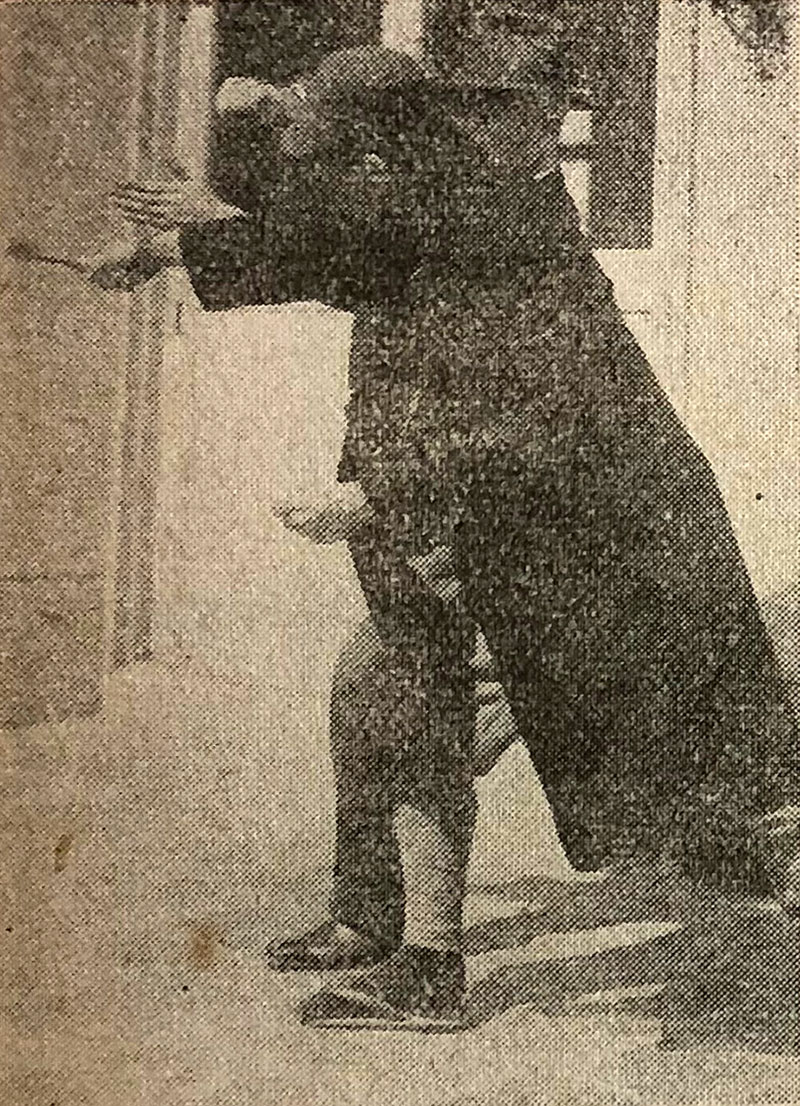





Fourth technique
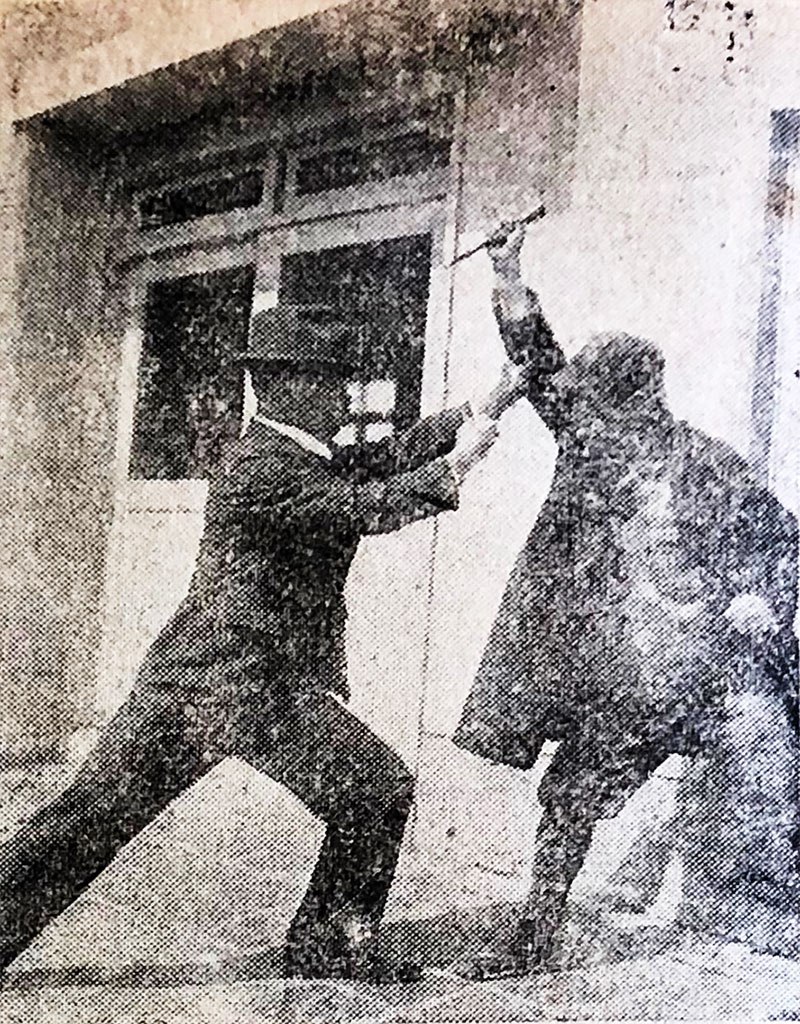
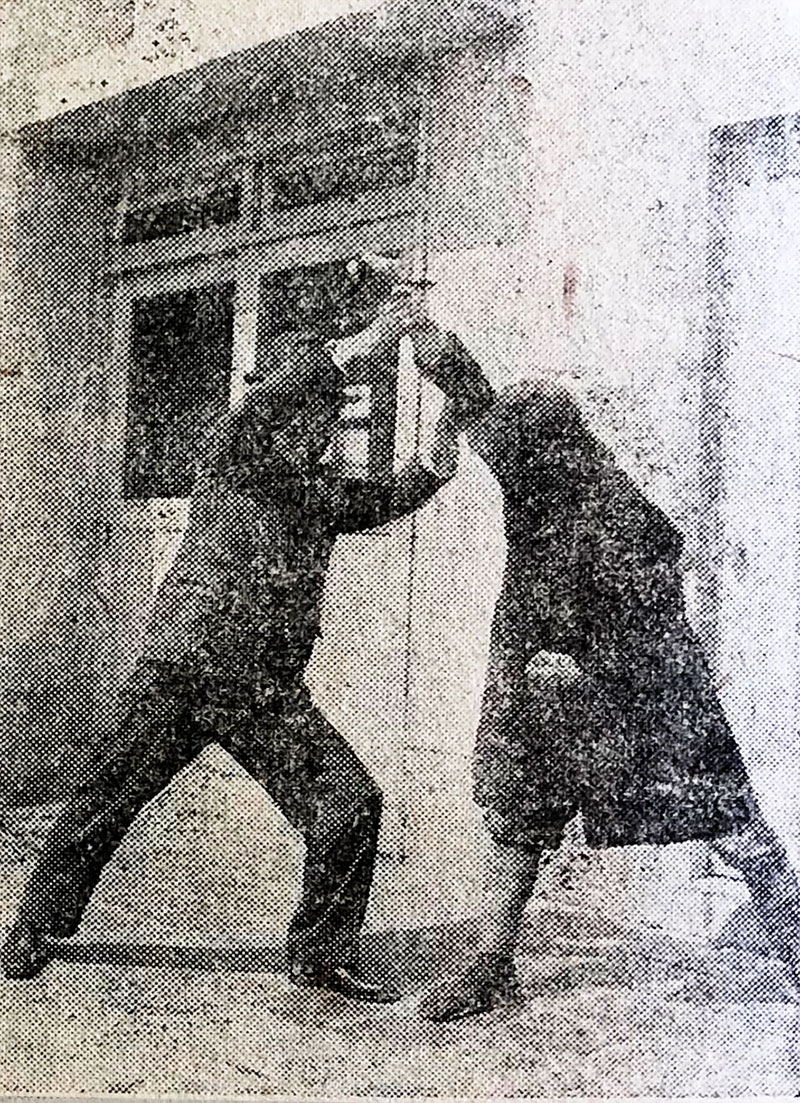
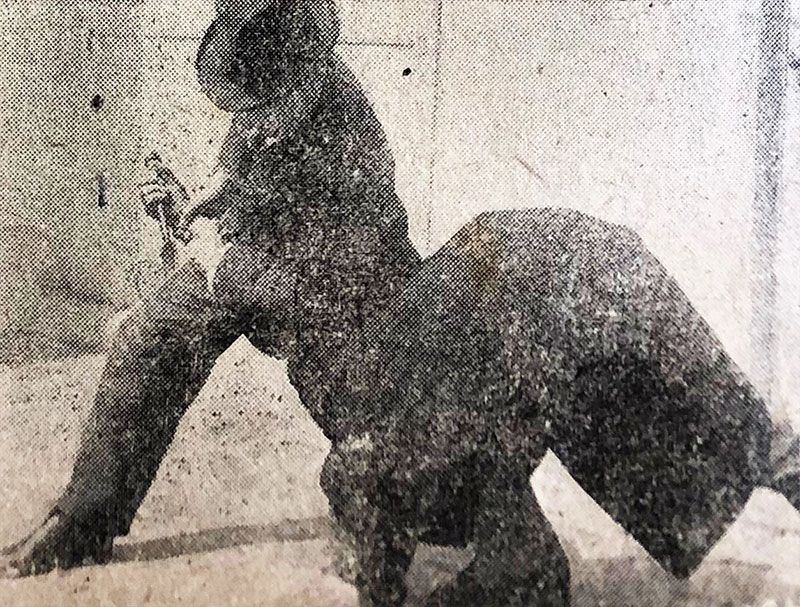

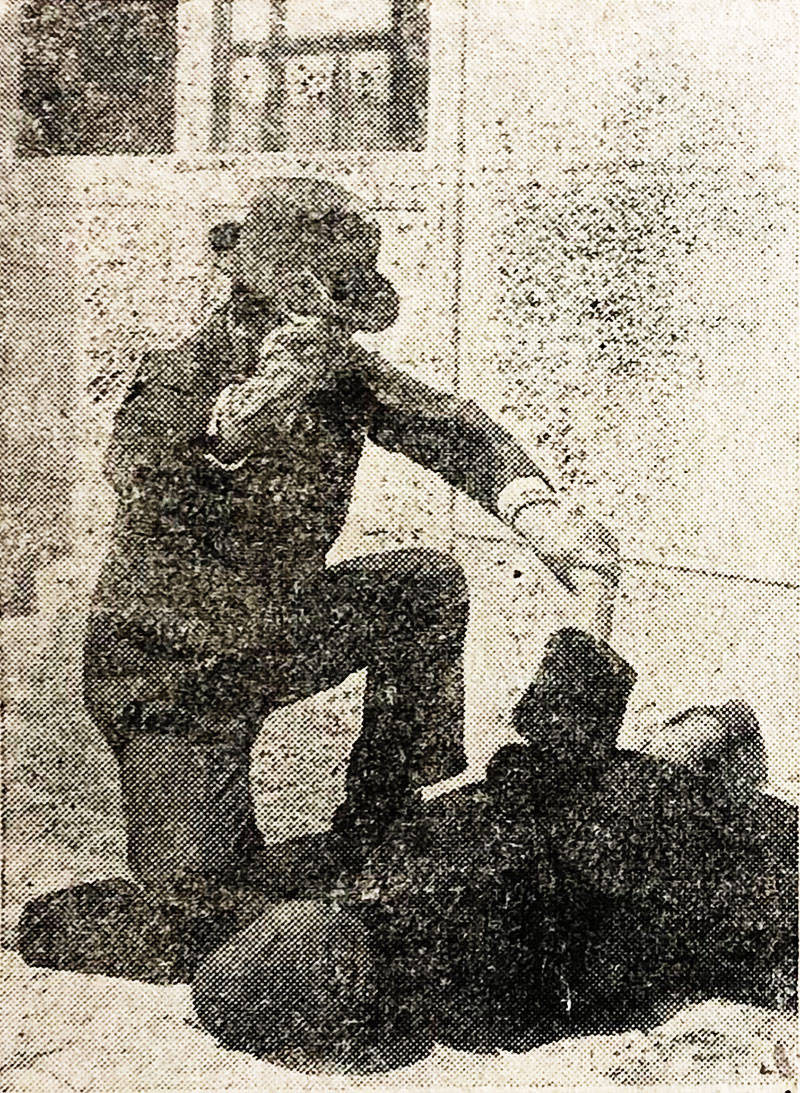

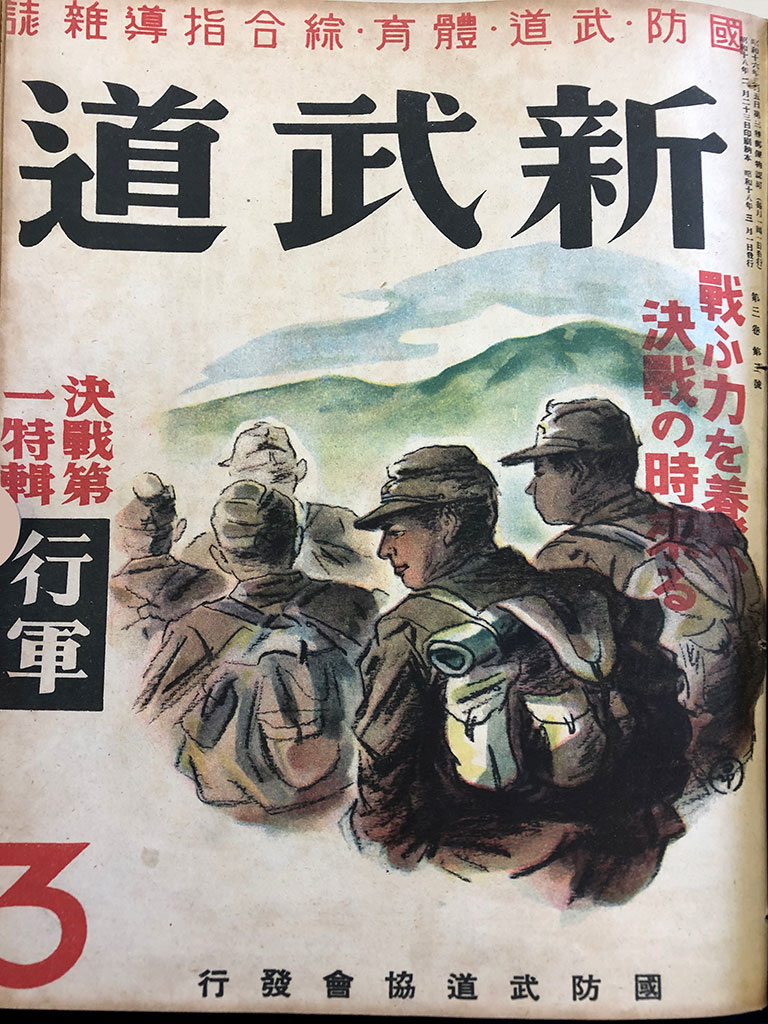
Fifth technique


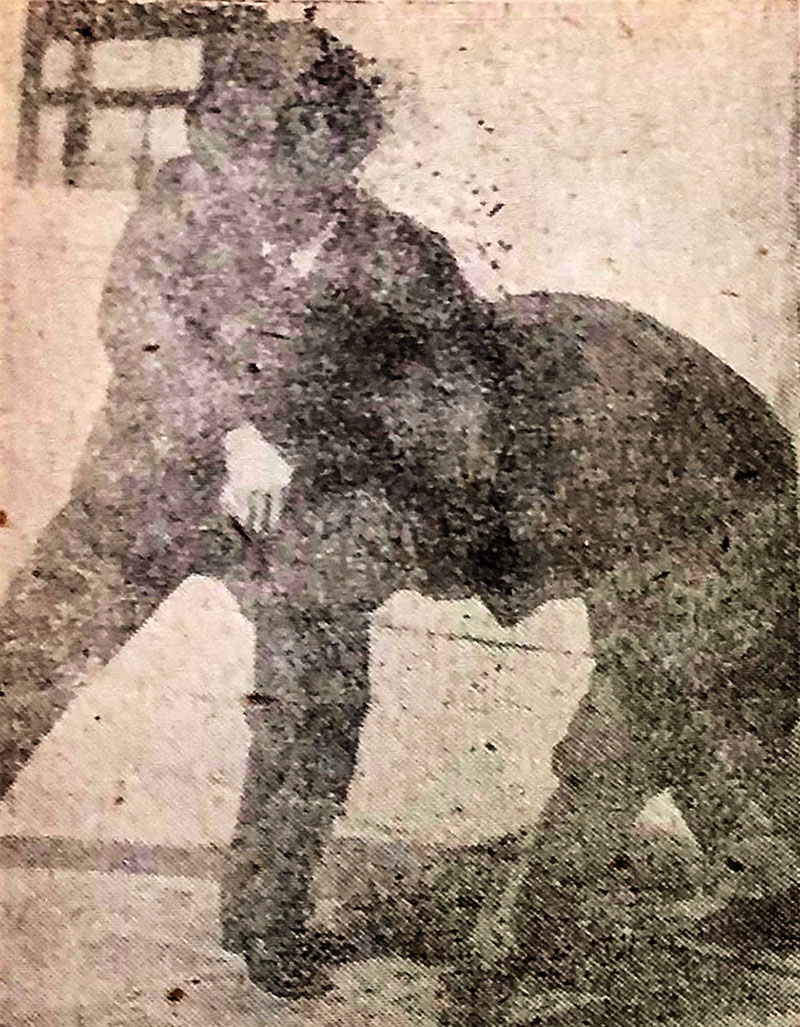

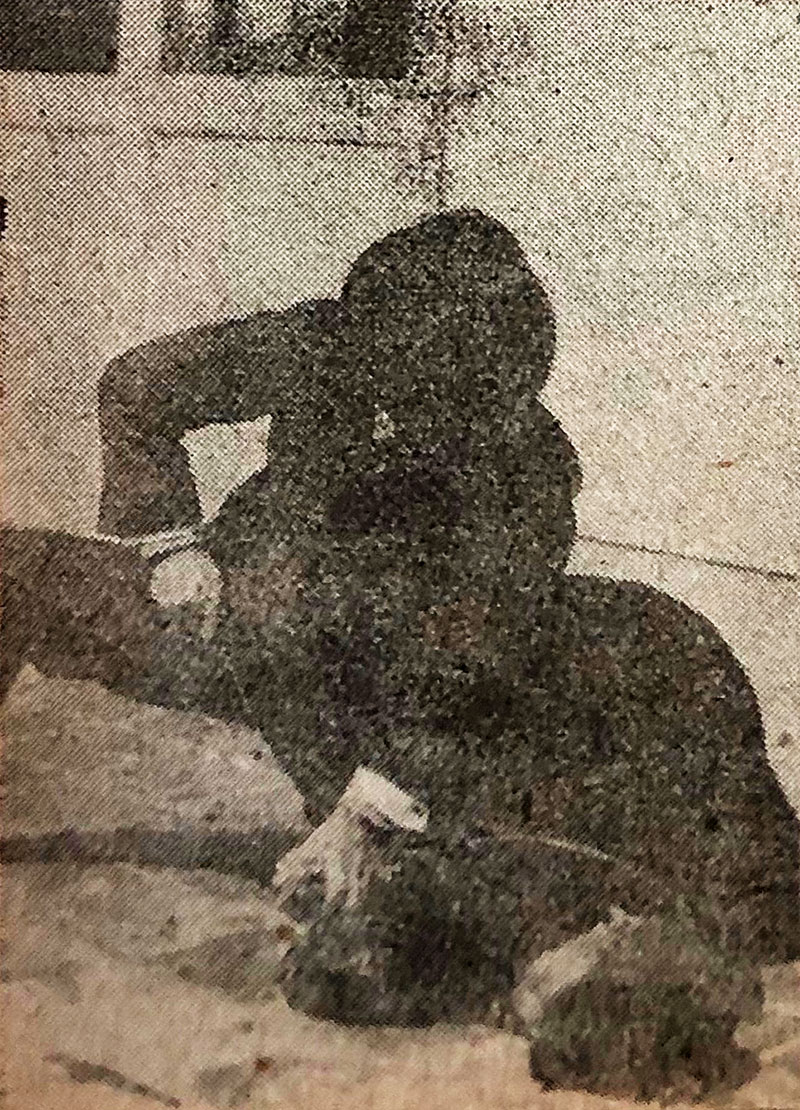
Sixth technique
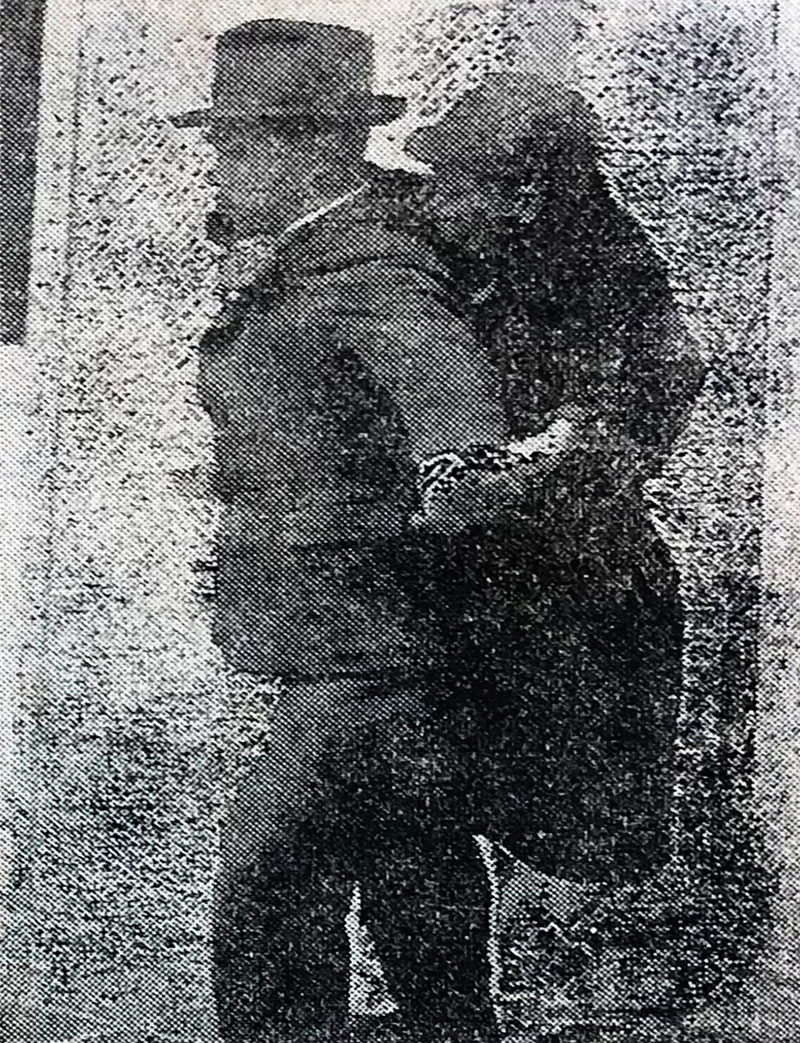

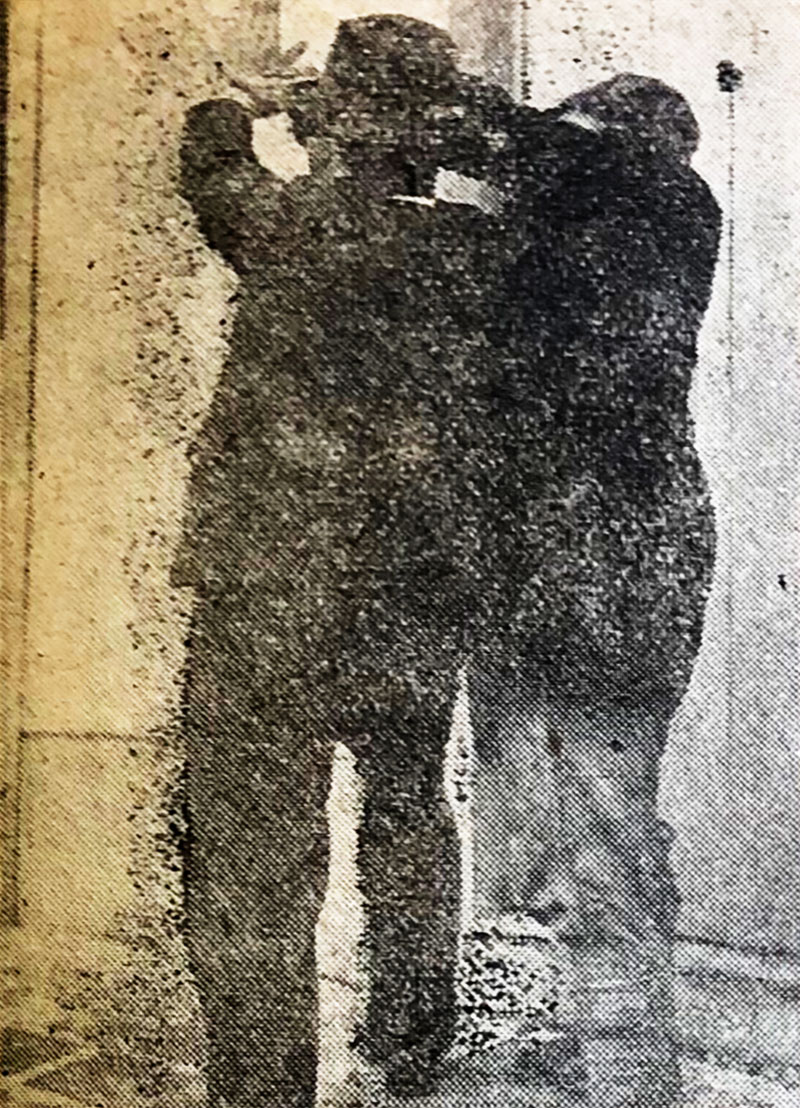


Seventh technique
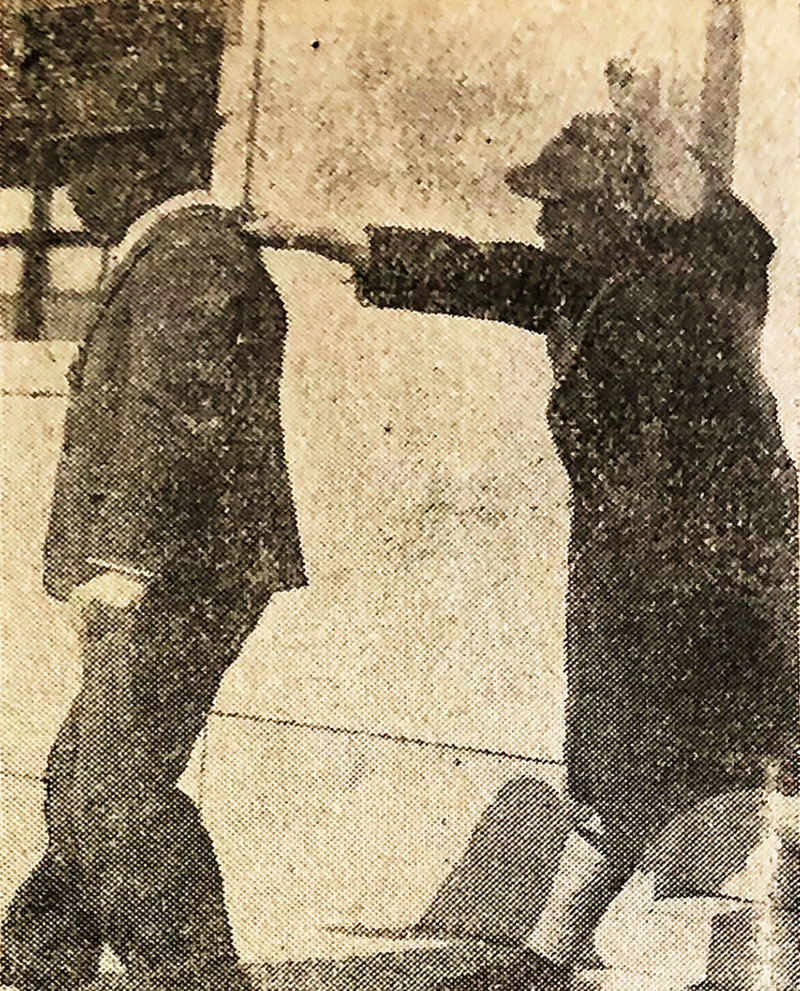
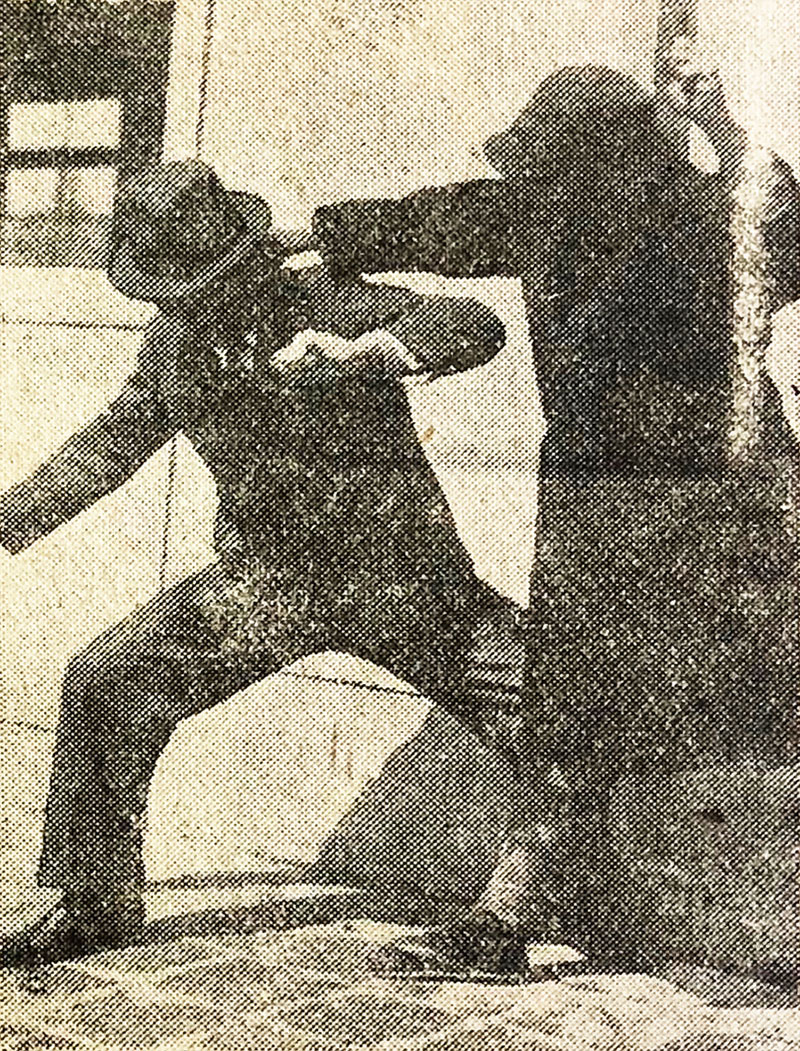
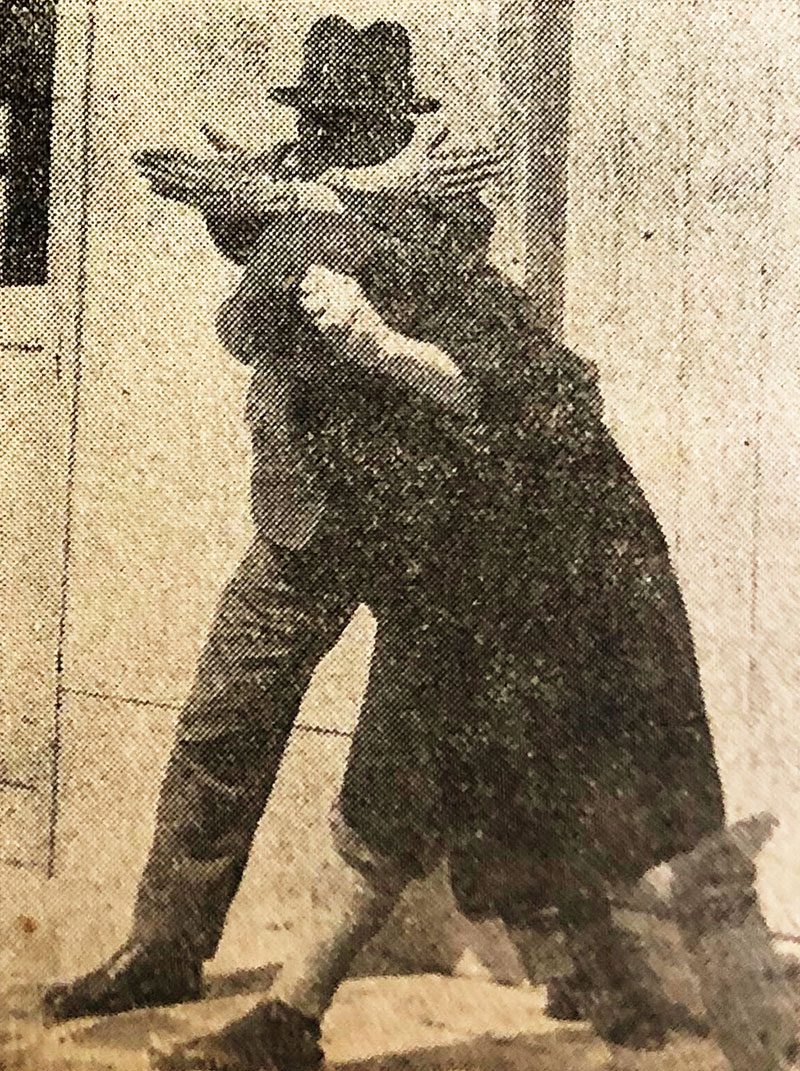
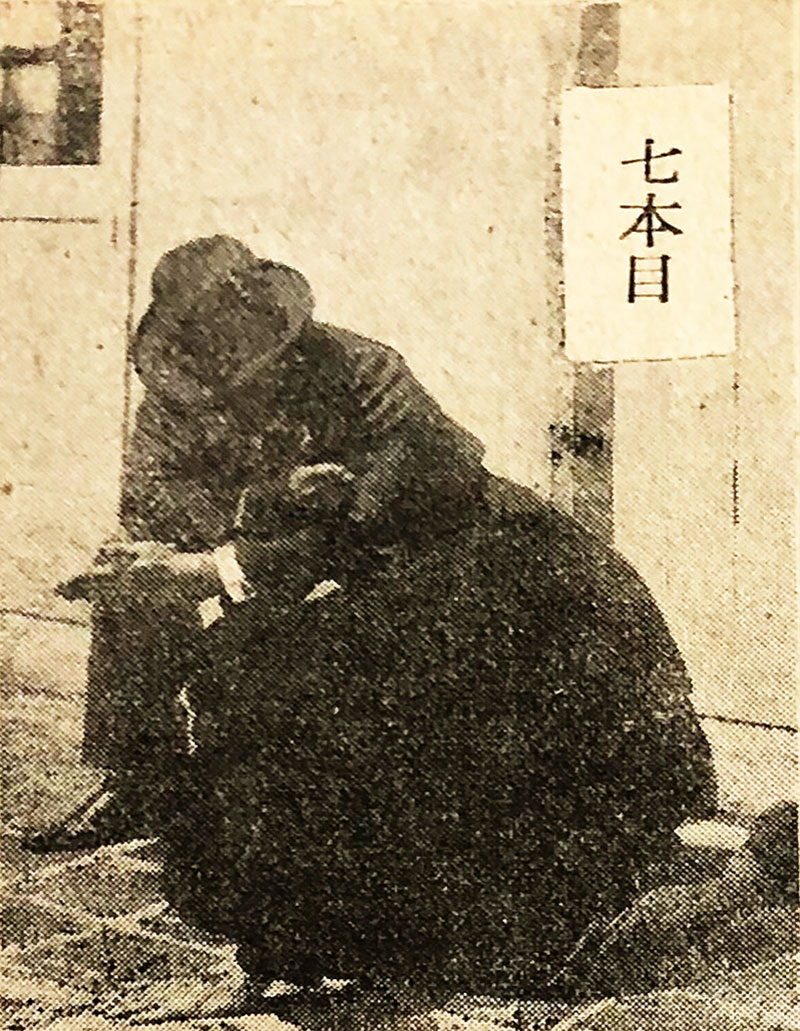
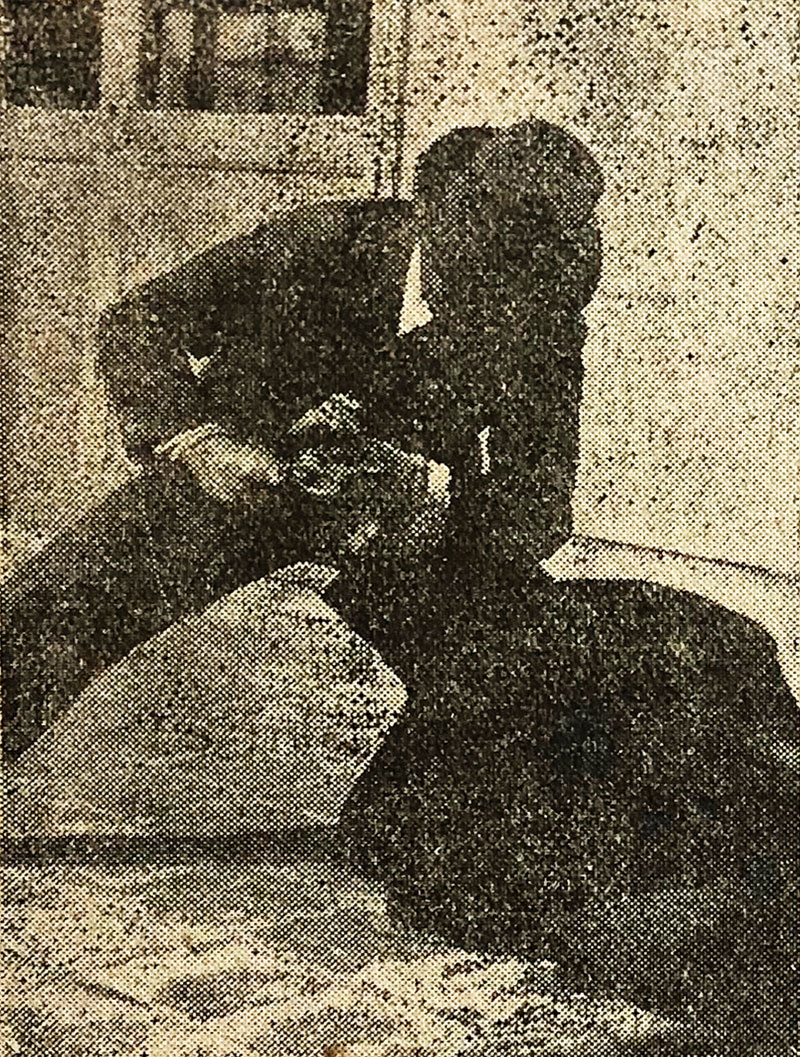

Profile Of Hisa Takuma
Born 1895 in Shikoku. In 1915 entered the Kobe Business School and in 1927 joined the staff of the Asahi Newspaper. Promoted in 1934 to Director of General Affairs of the Osaka Asahi Newspaper company. Invited Morihei Ueshiba to teach at the newspaper office dojo in Osaka in the early 30s and studied under Sokaku Takeda from 1936-1939. He received the menkyo kaiden scroll in May 1939. In 1970 his students formed the Takumakai, dedicated to teachings. He died on October 31, 1979.
- The reader can refer to part 1 and part 2 here.
- You can watch an interview with Baptiste Tavernier here.
- The kyoju dairi (教授代理, lit.: “representative instructor”) title is the same title that Ueshiba Morihei received from Takeda Sokaku in 1922.
- The menkyo kaiden (免許皆伝) is the highest certificate of proficiency awarded in many traditional Japanese martial art systems. Hisa Takuma is the only person to have received this title directly from Takeda Sokaku.
- This suggests that the shihan dairi (師範代理, deputy teacher) was a formal title given by Takeda, which is unusual since it is a relatively recent title compared to the traditional system. Though some people have mentioned shihan dairi through the years, I was not able to find references to such title in the parts of the shareiroku and eimeroku registers that we have at our disposal.
- Hisa refers to World War II
- Hogi hiden (捕技秘傳), lit.: “secret arrest techniques”.
- The insistence of Hisa on hanmi (半身, lit.: “half of one’s body”) is interesting since it is not usually prominently taught in the modern Daito-ryu curriculum. In fact, in the basic kata form of the 118 techniques of Takeda Tokimune’s hiden mokuroku, a student is usually instructed to stand with his hips square in front of his partner. At higher levels, it is usually shizentai (自然体, lit.: “natural posture”), which is adopted. On the other hand, Ueshiba Morihei was known to strongly emphasize hanmi and it has become the standard position in Aikido. This perhaps indicates how much Hisa was influenced by his initial study of Daito-ryu under Ueshiba, before he went on to learn from Takeda Sokaku.



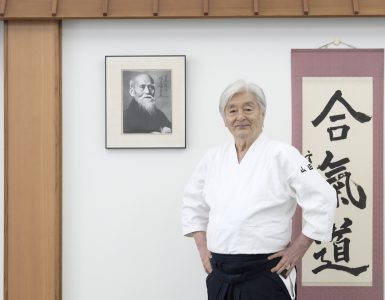
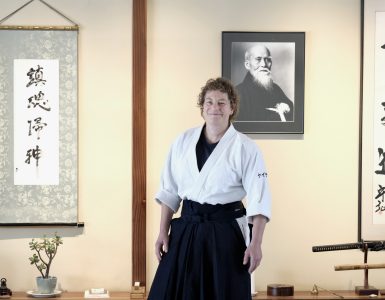








Thank you very much, it’s the first time I read something of the old system of teaching on Daito Ryu techniques. Now I know that “kime” kind of practise in Daito Ryu is using “aiki” not strength.
Is possible that the normal stance used in Daito Ryu has his roots in old “oshikiuchi” stance? My sensei, Mr Tomeo Shiro who teached Daito Ryu Saigo Ha, once said that this stance, or “seiza”, were the only used in the past when the art was called “oshikiuchi”?
Thank you for your excellent work
As a retired Law enforcement officer,
I really enjoyed this article.
Thanks for giving me enjoyment during these crazy times.
Keep up the great work.
Marvelous resources. The interview with Baptiste Tavernier was especially interesting, since it was both a French lesson and a budo documentary. A twofer. Thank you for your continuing this important archival work.
Be safe.
Robert Kravetz
Fredericksburg Virginia
These techniques as demonstrated require a lot of force. Look at the angle of Kuzushi and Sabaki. Thanks to the study and development of bio-mechanics, they have been improved since then. They are a must for Law-enforcement officers in particular. Thank you for sharing.
Is there any information/detailed pic of that handcuff(s) he is using? Appears to have a nawa attached?
Current practice would be the square/shizentai stance. It is consistent with the firearms platform and places the body armor square to the threat vs. the sides.
Sorry, those scans are the best I could do.
Could you please elaborate on what you refer to as “current practice”? I may be wrong but I suspect that the focus might be quite different in countries like Japan, where officers are far less likely to face people armed with firearms compared to the US.
Ah yes, I should clarify: US practice.
His hat doesn’t come off…
Please forgive me if I express too many comments. I would really like to hear your comments.
Because of the Corona virus I’m home watching a number videos n YouTube and reading a number of articles I would not normally have the chance to. I’m sure the news about a police officer here in New York who sat on pedestrian’s neck choking him to death. The civil rights issue has reached around the world by now. My question is about that hold where you sit on the person while holding an arm bar. I can see a similar holds being used in the documentaries on YouTube. (I just want to say that I’m grateful for these videos). But some of them do look like training videos for the police. However, what I don’t see is the escape move. How do you defend against someone sitting into the submission hold in that way?
Normally as a student (my limited experience) we are taught to defend against a single attacker or the multiple attackers one at a time. I have seen where several police (trained adults) here In New York will hold down an individual to the point of ganging up on them while on the ground. We’ve also seen where gang members have a group beat down on someone. This seems to be very popular in New York. The general martial artist is not trained to defend from several attackers all holding you down at the same time.
This incident in particular, the hold itself, restraining a person’s head and neck and not releasing. While yes this did happen on the street. This could have been any place. It could be in the dojo where you send your kids. That the person demonstrating or practicing a hold and expressing either the control needed to execute a hold safely or the morality to stop one’s self after someone has given up. It is sort of customary to make someone dance while applying a hold on them.
In your posted article, I note references where a rope or the chain was used to tie the neck of the individual. I’m glad this is not used today. I just want to point out that with reform both the techniques and the tools used by the police have changed over the years. We are seeing this now with the choke hold in New York.
https://www.nbcnews.com/news/us-news/nypd-officer-suspended-after-video-appears-show-him-using-chokehold-n1231679
Very good. Thank you very much for these photos. I love the rokyo.